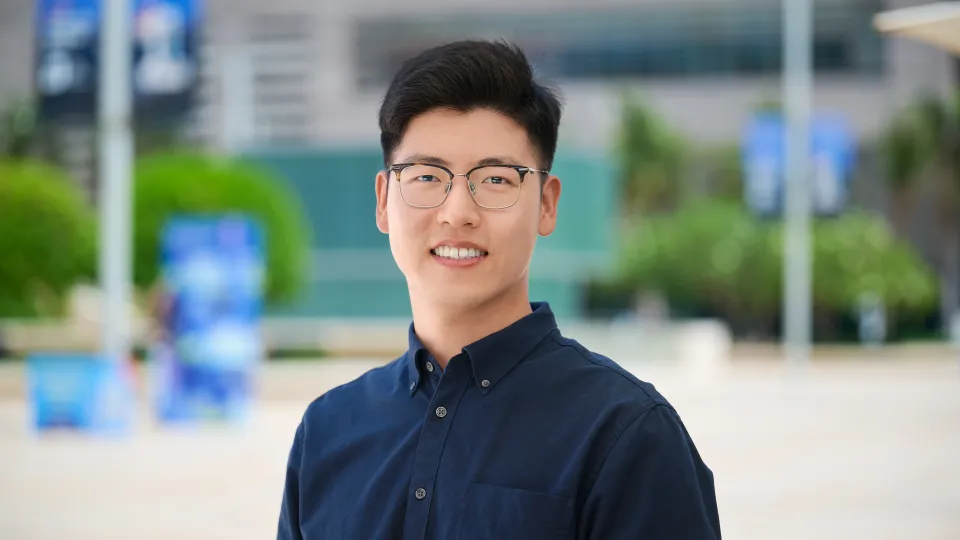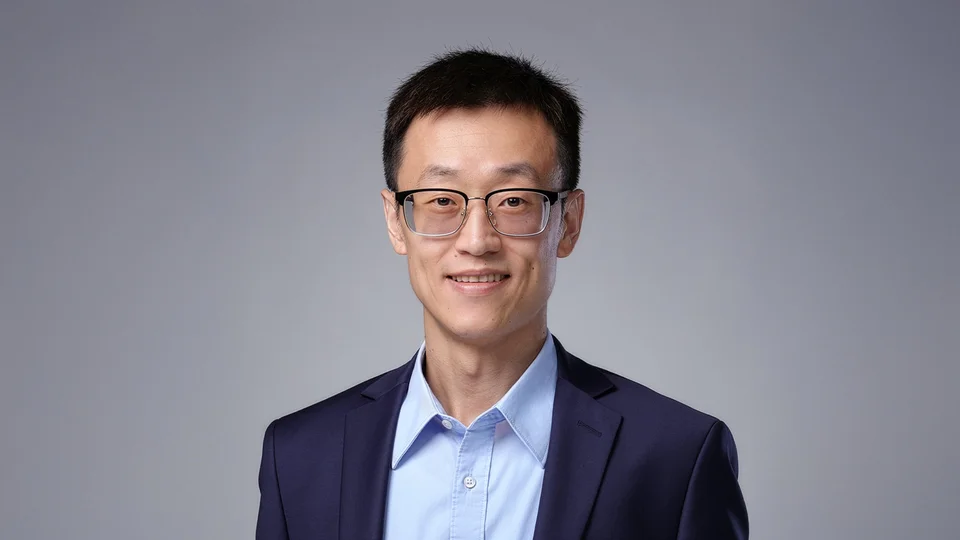
Bridging AI and Spatial Biology to Navigate Biological Landscapes
This thesis presents several studies by proposing AI-driven methods to supply a comprehensive and precise representation of biological landscapes via spatially resolved transcriptomics (SRT) data.
Overview
Spatial biology has transformed our understanding of tissue organization by providing spatially resolved molecular profiles. Among its innovations, spatially resolved transcriptomics (SRT), recognized as “Method of the Year 2020”, enables profiling of spatial mRNA distributions to study cells and their microenvironments. However, integrating multi-scale and multi-modal SRT data remains a major obstacle to fully capturing complex biological landscapes, which is critical for understanding tumor heterogeneity and improving diagnostic accuracy.
This thesis presents several studies by proposing AI-driven methods to supply a comprehensive and precise representation of biological landscapes via SRT data. To enhance single-cell resolution, SD2 and STP were developed for cellular deconvolution and single-cell partitioning. SD2 applies graph neural networks with dropout-aware gene modeling using a Michaelis-Menten framework, achieving accurate cell-type localization in diverse systems, including human pancreatic tumors and mouse brain. STP combines nuclei-stained images with SRT data through a simulated-annealing strategy, enabling reconstruction of 3D spatial patterns and identification of rare cell types in Drosophila and mouse embryos. Additionally, SANTO was proposed to address multimodal alignment and stitching, using a coarse-to-fine framework to integrate spatial omics data across platforms, timepoints, and modalities. These contributions advance the precise modeling of tissue microenvironments and promote new insights into disease mechanisms.
Presenters
Brief Biography
Haoyang Li is a Ph.D. candidate in Computer Science at King Abdullah University of Science and Technology (KAUST) supervised by Prof. Xin Gao. His research focuses on developing AI-driven methods to integrate multimodal biomedical data, spanning spatial multi-omics, histopathology, and single-cell genomics, with the goal of decoding spatial heterogeneity in diseases and advancing diagnosis, prognosis, and biomarker discovery for personalized therapies. His research has been published in prestigious journals and conferences such as Nature Machine Intelligence, Nature Communications, Science Advances, Bioinformatics, IEEE TMI, and MICCAI. One of his first-authored papers in Nature Communications is recognized as Editor’s Highlight and the 50 best papers in 'Biotechnology and methods'. In addition, Haoyang had two internships at Yale University and Stanford University as visiting student researcher in 2023 and 2024. He has served as a teaching assistant and guest lecturer for the Ministry of Interior in Saudi Arabia, Saudi Aramco, and KAUST. Currently, he serves as an editorial board member and a guest editor for Molecular & Cellular Biomechanics and Biomedical Informatics.

